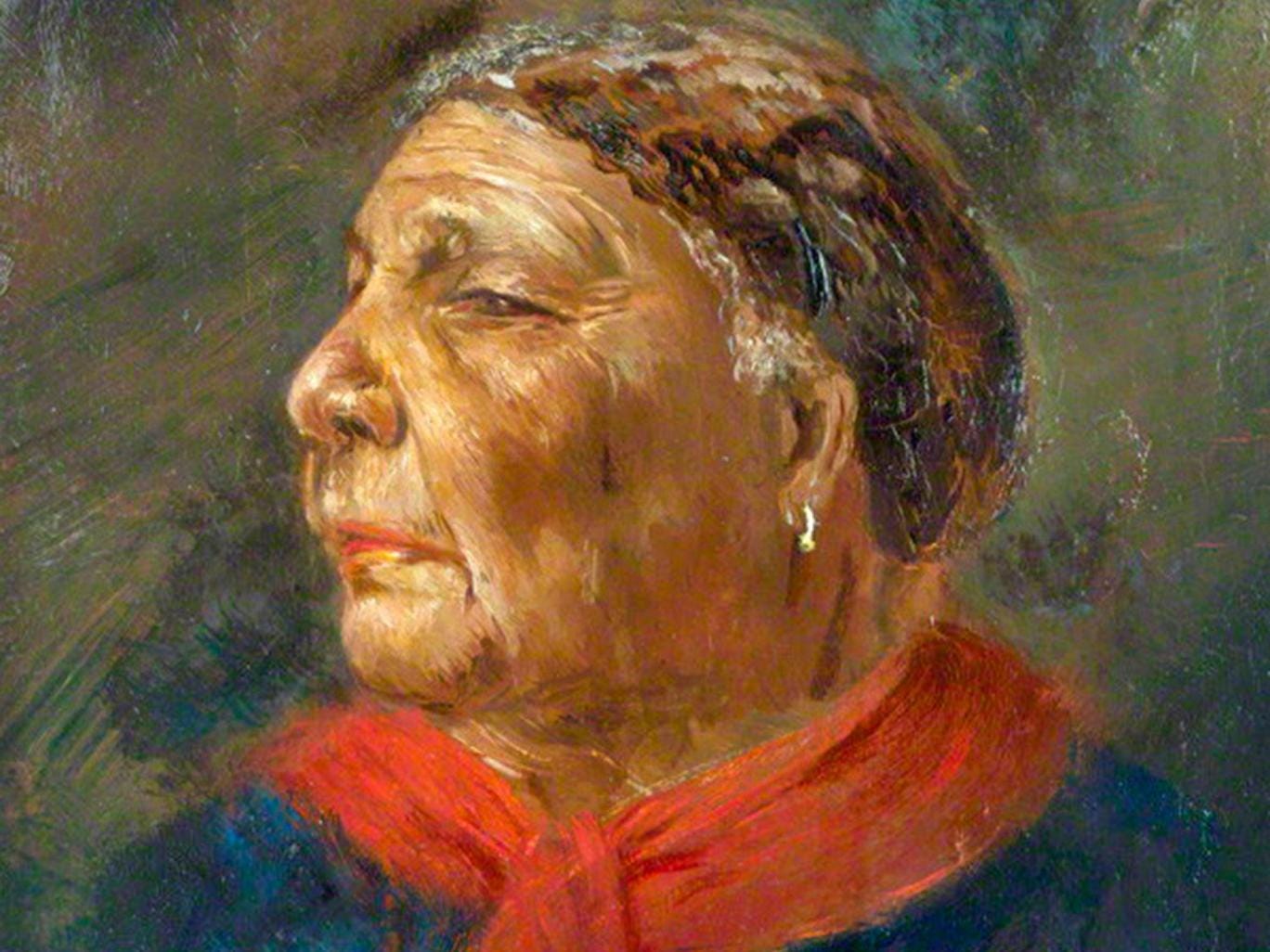For Independence Day, a Look at Thomas Jefferson’s Egregious HypocrisyPosted in Articles, Biography, History, Media Archive, Slavery, United States, Virginia on 2016-07-02 18:35Z by Steven |
For Independence Day, a Look at Thomas Jefferson’s Egregious Hypocrisy
The Scientific American
2016-07-01
 “While many of his contemporaries, including George Washington, freed their slaves during and after the revolution—inspired, perhaps, by the words of the Declaration–Jefferson did not,” historian Paul Finkelman writes. “Jefferson also “dodged opportunities to undermine slavery or promote racial equality.” Presidential portrait of Jefferson by Rembrandt Peale, 1800, courtesy Wikimedia Commons. |
To celebrate the 4th of July, when Americans commemorate their country’s birth, I’d like to offer a few comments on Thomas Jefferson.
No one is more closely associated with Independence Day than Jefferson. He was the principle author of the Declaration of Independence, which the American Congress formally adopted July 4, 1776. Jefferson, judged by his rhetoric, was a true man of the Enlightenment, who embraced reason, science and democracy and rejected superstition, tradition and tyranny.
I once admired Jefferson, seeing him as an essentially good, no, great man with one tragic flaw: The writer of the inspiring words “all men are created equal” owned slaves. Now, I see Jefferson as an egregious hypocrite, who willfully betrayed the ideals he espoused…
…*DNA testing and other evidence have convinced most historians that Jefferson fathered six children with a slave, Sally Hemings. Hemings is believed to have been the daughter of Jefferson’s father-in-law, John Wayles, and one of his slaves. That means Hemings was the half-sister of Jefferson’s wife, Martha, who died in 1782.
*Some writers, grotesquely, have romanticized the relationship between Jefferson and Hemings. As our Monticello guide pointed out, a relationship between a master and slave cannot be consensual, let alone romantic. The relationship might have begun as early as 1787, when Jefferson took Hemings to Paris for two years. He was 43, she 14. She gave birth to the first of their six children in 1795. Jefferson never freed Hemings. After his death in 1826, Jefferson’s daughter Martha allowed Hemings to leave Monticello and live out her days in nearby Charlottesville.
*The Monticello website notes that “in the few scattered references to Sally Hemings in Thomas Jefferson’s records and correspondence, there is nothing to distinguish her from other members of her family.” Perhaps Jefferson viewed Sally Hemings merely as valuable livestock, or “capital.” He wrote this about female slaves in 1820: “I consider a woman who brings a child every two years as more profitable than the best man of the farm… What she produces is an addition to the capital, while his labors disappear in mere consumption.”…
Read the entire article here.

